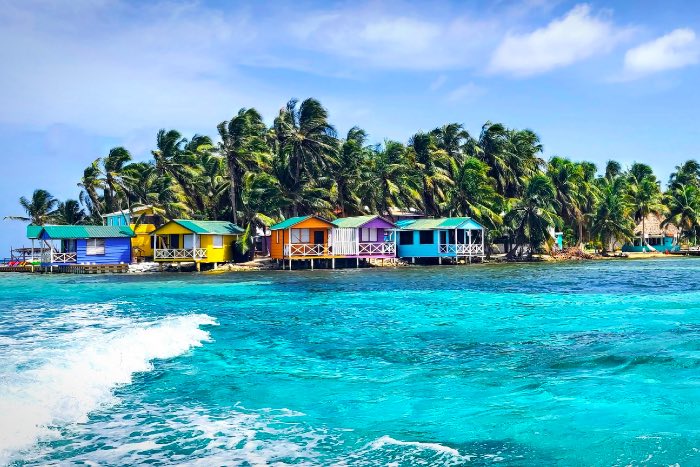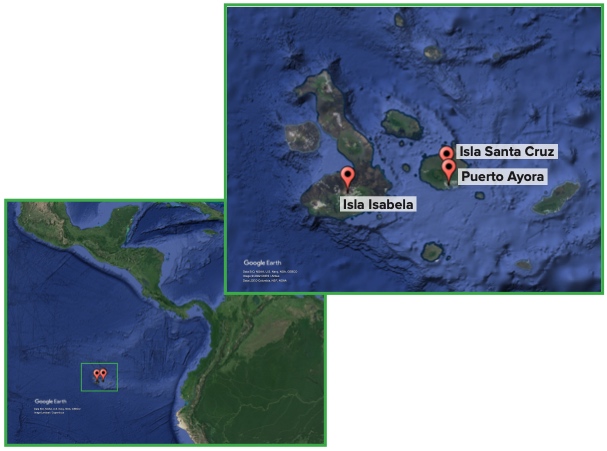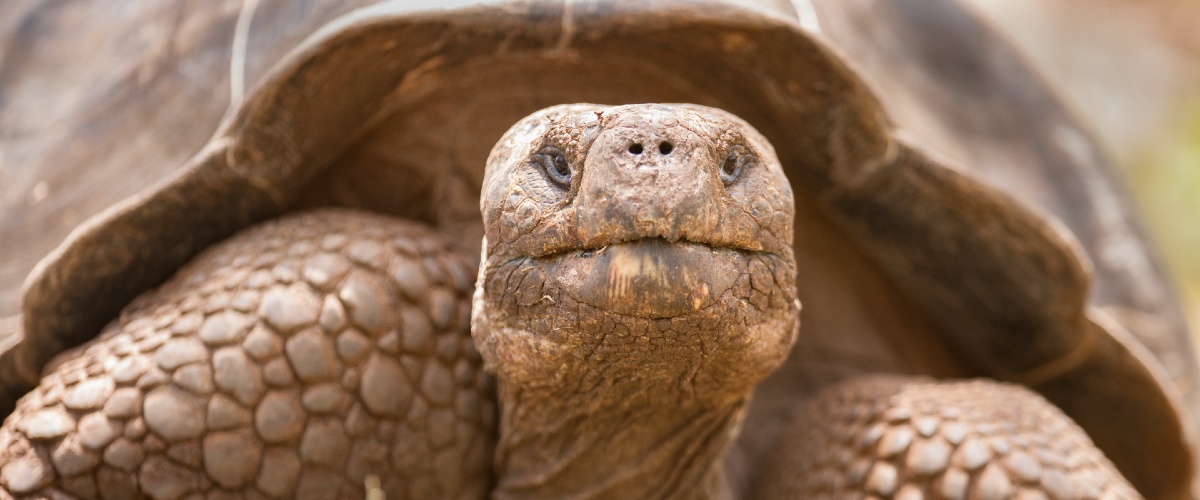
Galápagos: Islands of Change
Visit the realm of giant tortoises; study the forces of evolutionary, geologic, and social change; contribute to sustainable solutions for this astounding archipelago.
Course Overview
The Galápagos Islands are a spectacular natural treasure, offering a unique opportunity to witness the forces of change, both natural and human. It was here in 1835 that Charles Darwin's observations of different species across the islands shaped groundbreaking ideas on natural selection. The islands themselves are in a constant state of fluxon volcanic hotspots, though the most significant changes today are driven by humans, through habitat destruction and the introduction of non-native species. Fortunately, human efforts, from government agencies to local organizations, also provide hope for the islands' future.
This course is a collaborative effort with the community-led organization ECOS, a local Galápagos group that focuses on inquiry-driven field science and promoting sustainability practices. This course began with conversations among Dragonfly, the Houston Zoo, and Ecology Project International, and was designed to give students a firsthand look at the forces of change in the Galápagos and empower all of us to contribute to sustainable solutions. The course takes place primarily on Isla Santa Cruz and Isabela Island.
A typical day on this EE course includes exploration and hiking in the local environment, instructor and student-led discussions of key course topics, presentations, and engagement with local community experts, and time for inquiry investigations and journal writing. Prior to and following the field experience in Galápagos, students will complete coursework via Canvas, Miami University's learning management system, as they apply experiences at home.
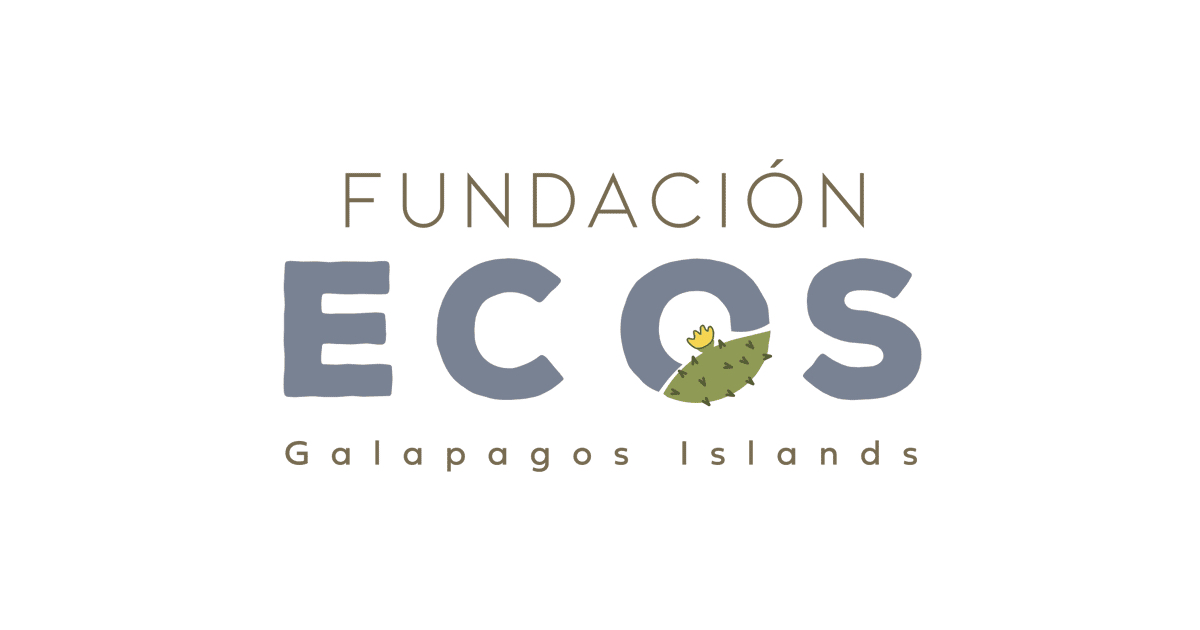 *** If you're interested in Galápagos: Islands of Change for Summer 2026, let us know by completing this short form. Note: This is not the EE application/course request form. Visit our Apply webpage for application instructions for the GFP or to take an Earth Expeditions stand-alone course. Current Dragonfly students' summer requests should be submitted using the form sent via email.
*** If you're interested in Galápagos: Islands of Change for Summer 2026, let us know by completing this short form. Note: This is not the EE application/course request form. Visit our Apply webpage for application instructions for the GFP or to take an Earth Expeditions stand-alone course. Current Dragonfly students' summer requests should be submitted using the form sent via email.
Course Details |
|
|
In-Person Travel Dates |
July 20 - 28, 2026 Arrive at least one day before and depart on last day of course. |
|
Full course dates |
April to August online |
|
Course-specific themes |
-Conservation issues and current environmental solutions of the Galápagos -Understanding new and invasive species of island communities -Conservation leadership in agriculture and education -The theory, study, and practice of natural selection and island biogeopgraphy |
|
Eligibility |
This course is open to any interested current master's students or can be taken as a standalone course. An undergraduate degree is required. *Miami U. undergraduates with Graduate School permission may also apply. |
|
Physical requirements |
Physically active course; longer walks around campsite to access eating area; group participates in invasive species removal efforts; swimming in shallow waters and time in boat to transit between islands (3 hour boat ride) |
|
Lodging |
Camping 4+ nights of course; on mats, sleeping bags using composting toilets and solar showers; several hotel nights sharing rooms (2-4 students per room); shared bathrooms |
|
Course credits |
5 master's graduate credits or 7 CEUs (continuing education credits) can be earned |
|
Course costs (Includes meals, water (extra snacks and drinks not included), lodging, activities (optional activities not included), course transportation, and park entrance fees) (For additional information, go to our Program Costs page.) |
There are two options to take this course: 1) Earn 5 graduate credits: All participants cover their own transport to Puerto Ayora, Santa Cruz, Galapagos (airport code GPS) |
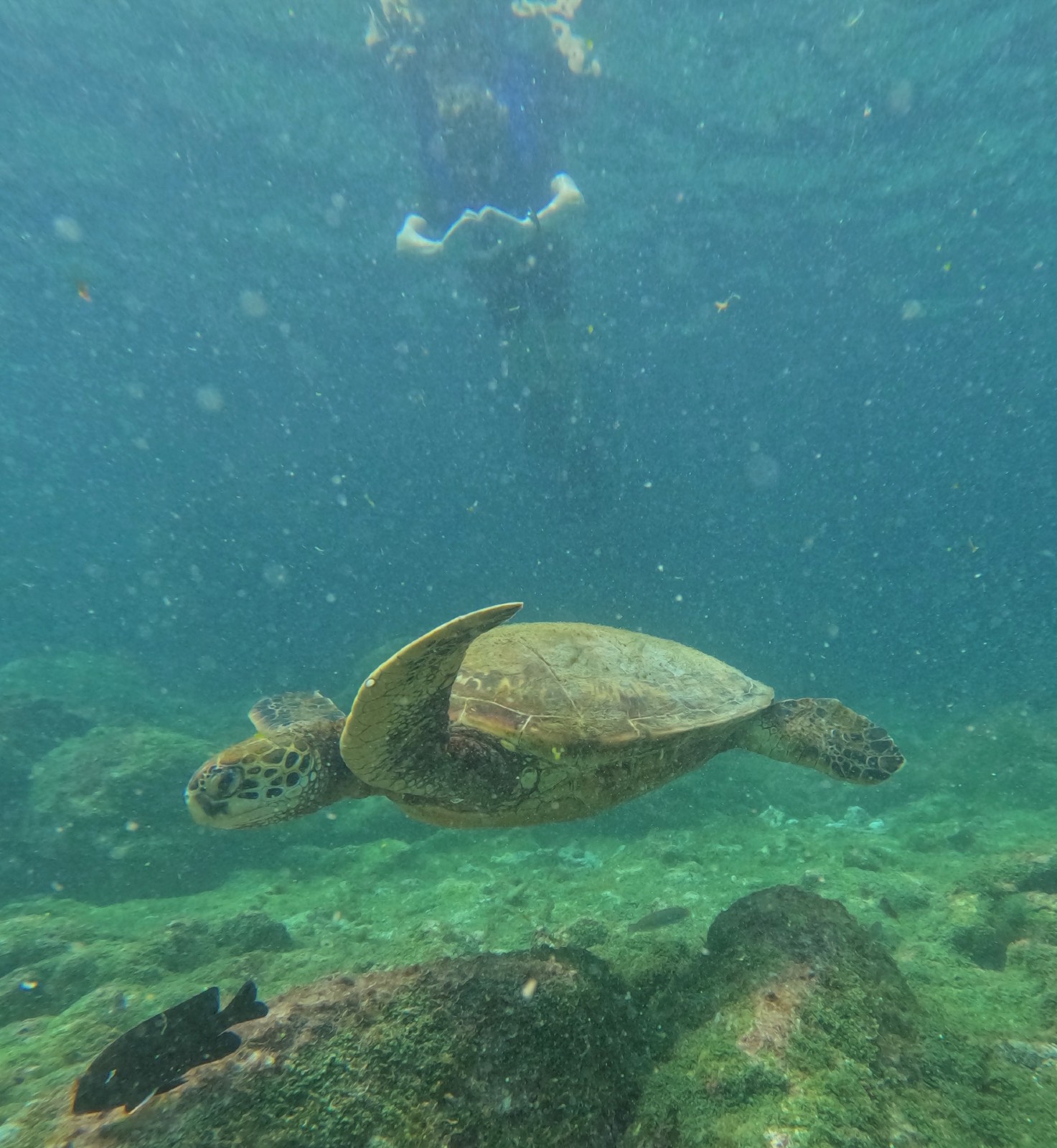
Planned Sites in Galápagos
Isla Santa Cruz
The second largest of the Galápagos islands, Santa Cruz’s ecosystems include lush, high-elevation forests with lumbering giant tortoises; arid scrubland with tree-sized opuntia cactus; the dark tubular habitats of the island’s lava tubes; rocky intertidal zones dotted with marine iguanas; and turquoise seascapes patrolled by pelican squads. Isla Santa Cruz is also home to the most sizable human population in Galápagos archipelago, making it the best place to study human impacts and conservation solutions.
Puerto Ayora
This tropical town lies on the southern shore of Isla Santa Cruz and is the island’s economic and cultural center. Puerto Ayora is a relaxed, open, and sunny place where you can encounter sea lions on the docks or be visited by some of “Darwin’s” finches while you eat breakfast at an outdoor café. Important locations in town include the Charles Darwin Research Station and the Galápagos headquarters of Ecology Project International.
Isla Isabela
Isabela Island is the largest of the archipelago and one of the youngest geologically. Isabela is home to many plant and animal species amidst its active volcanoes. Notable species on the island include Darwin’s finches, fur seals, flightless cormorants, and the well-known Galápagos penguins endemic to Galápagos.
Galápagos Course Photos
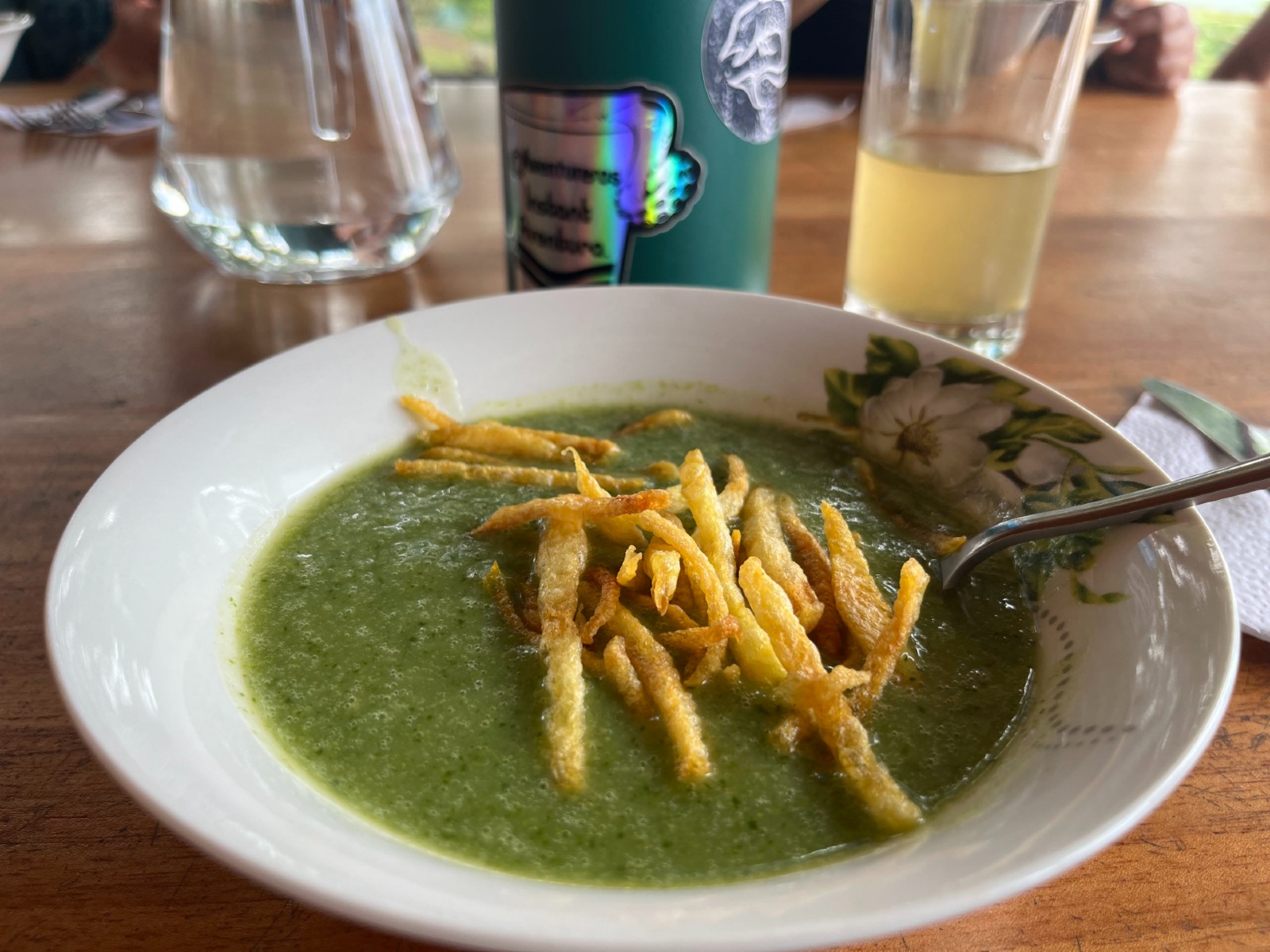
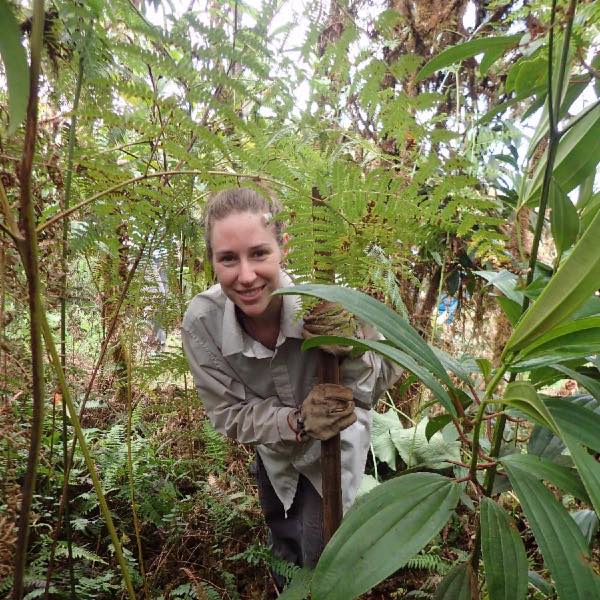
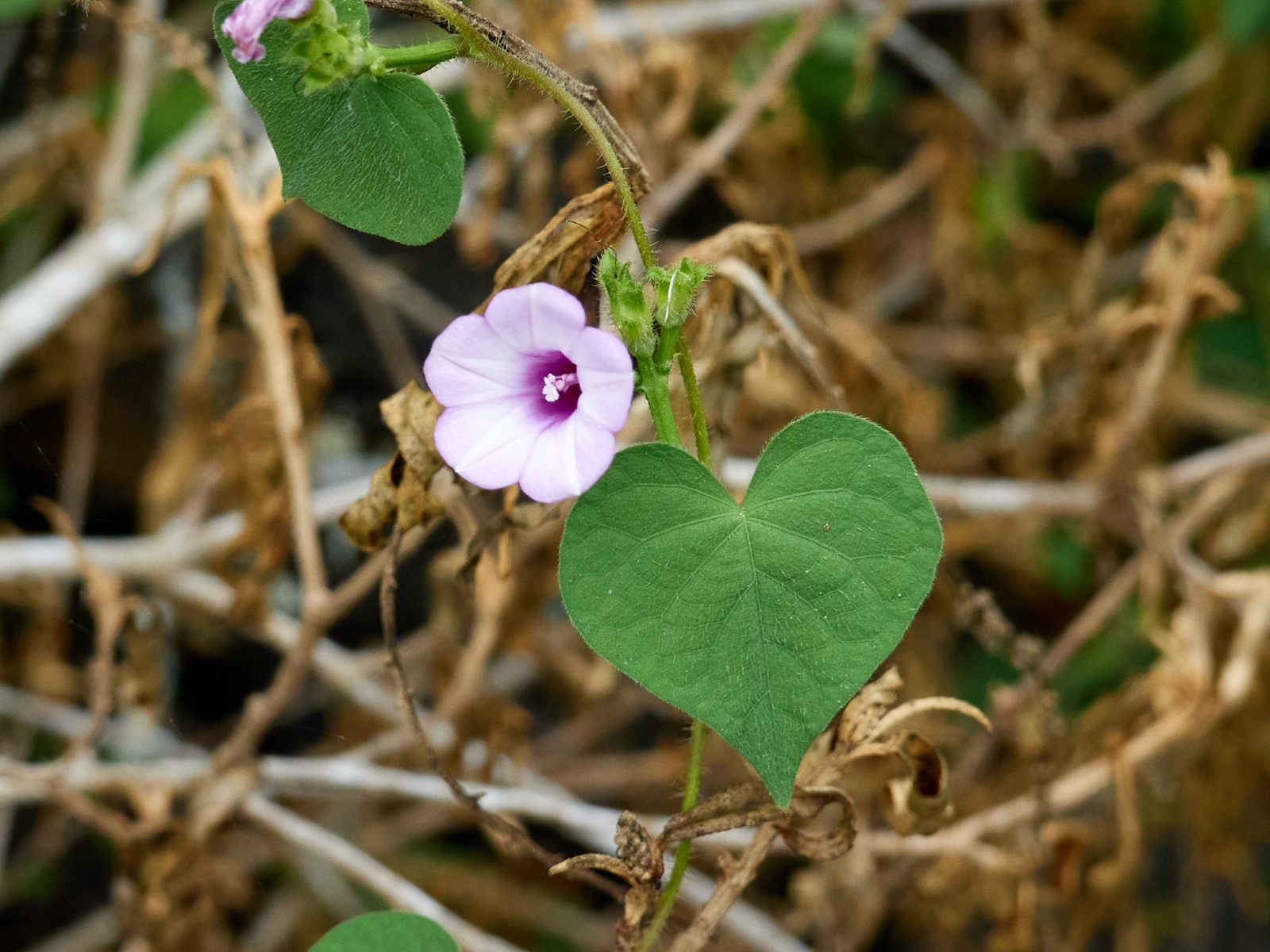
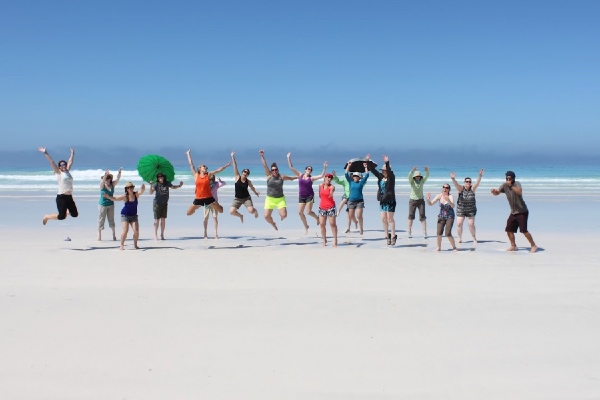

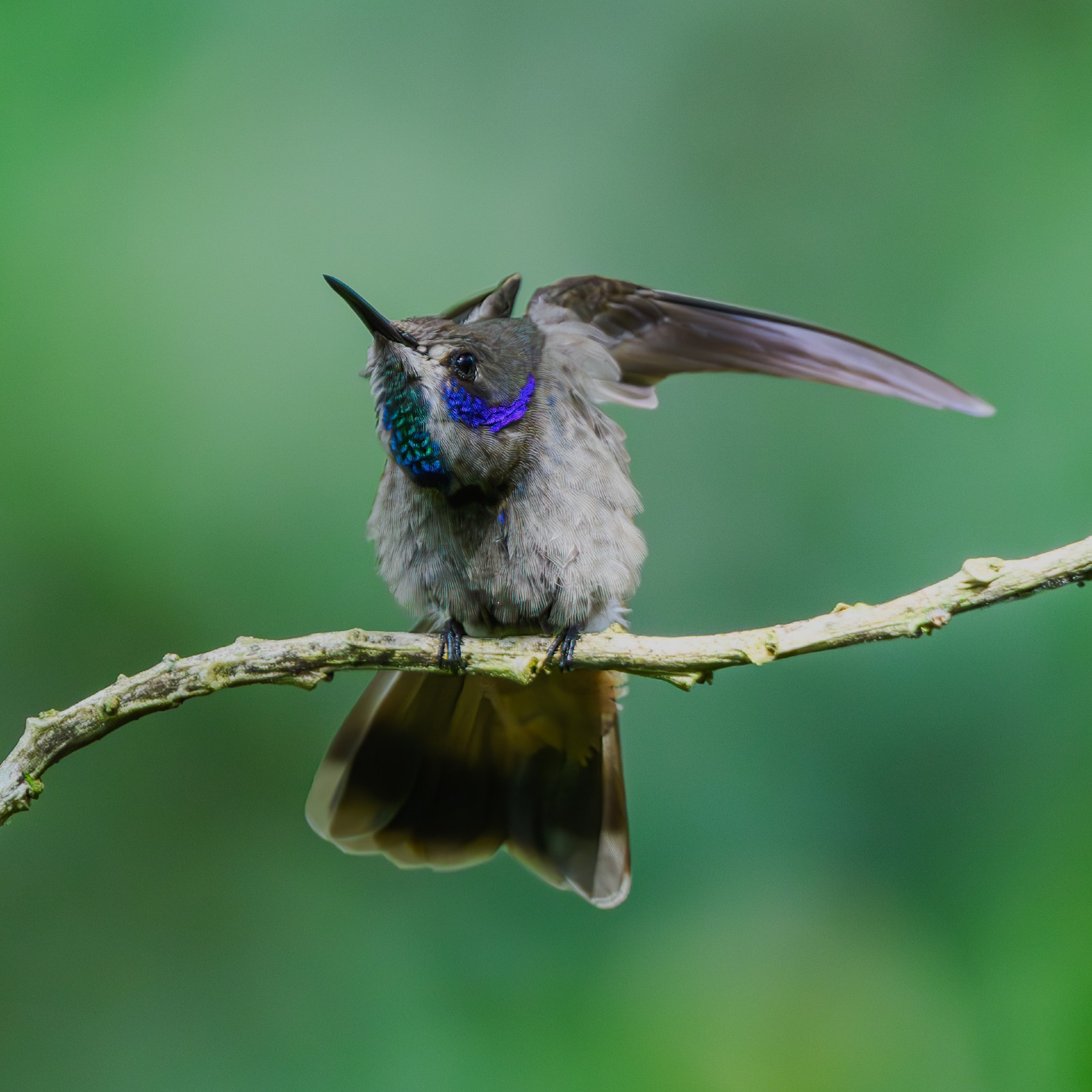
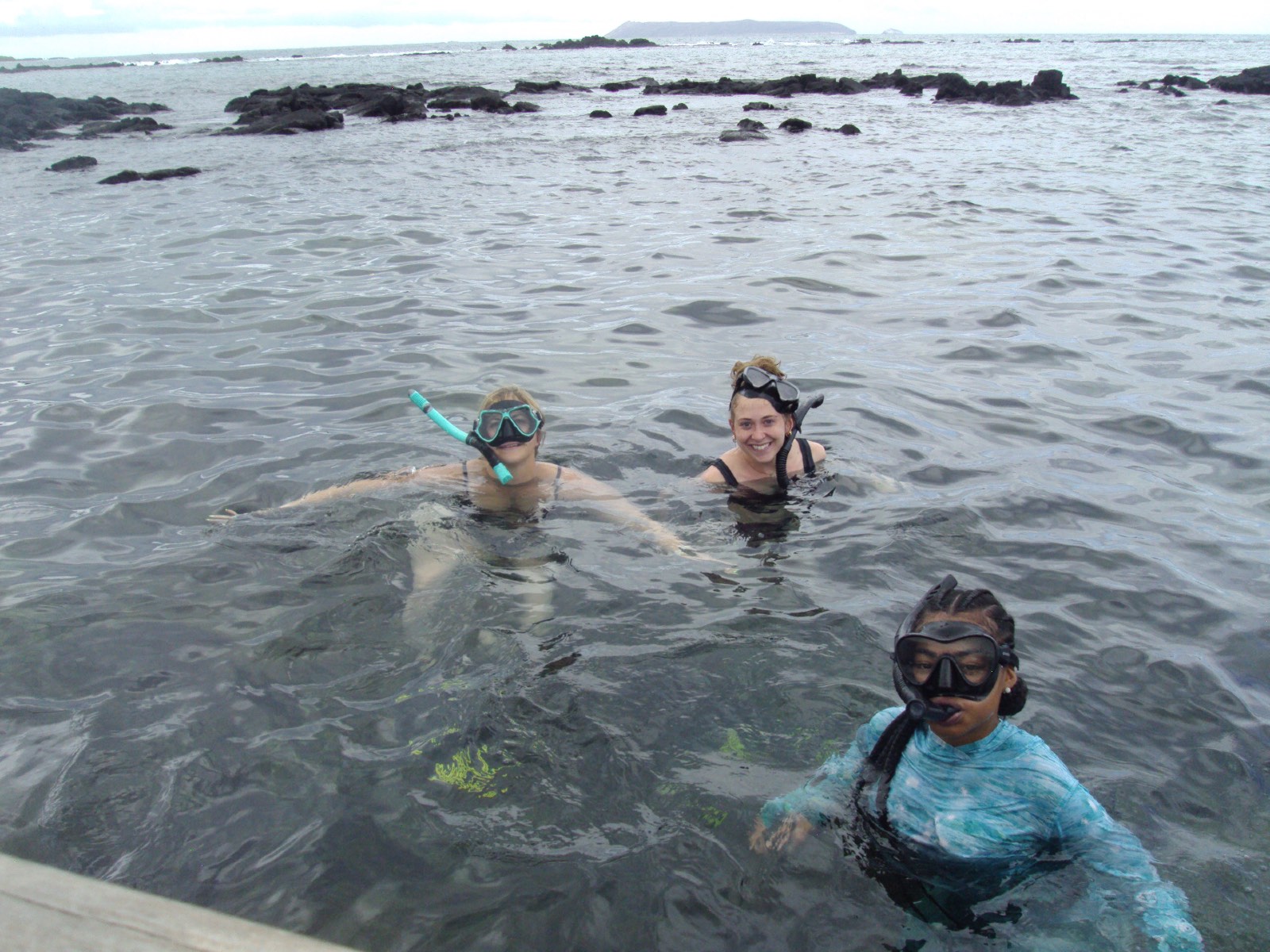

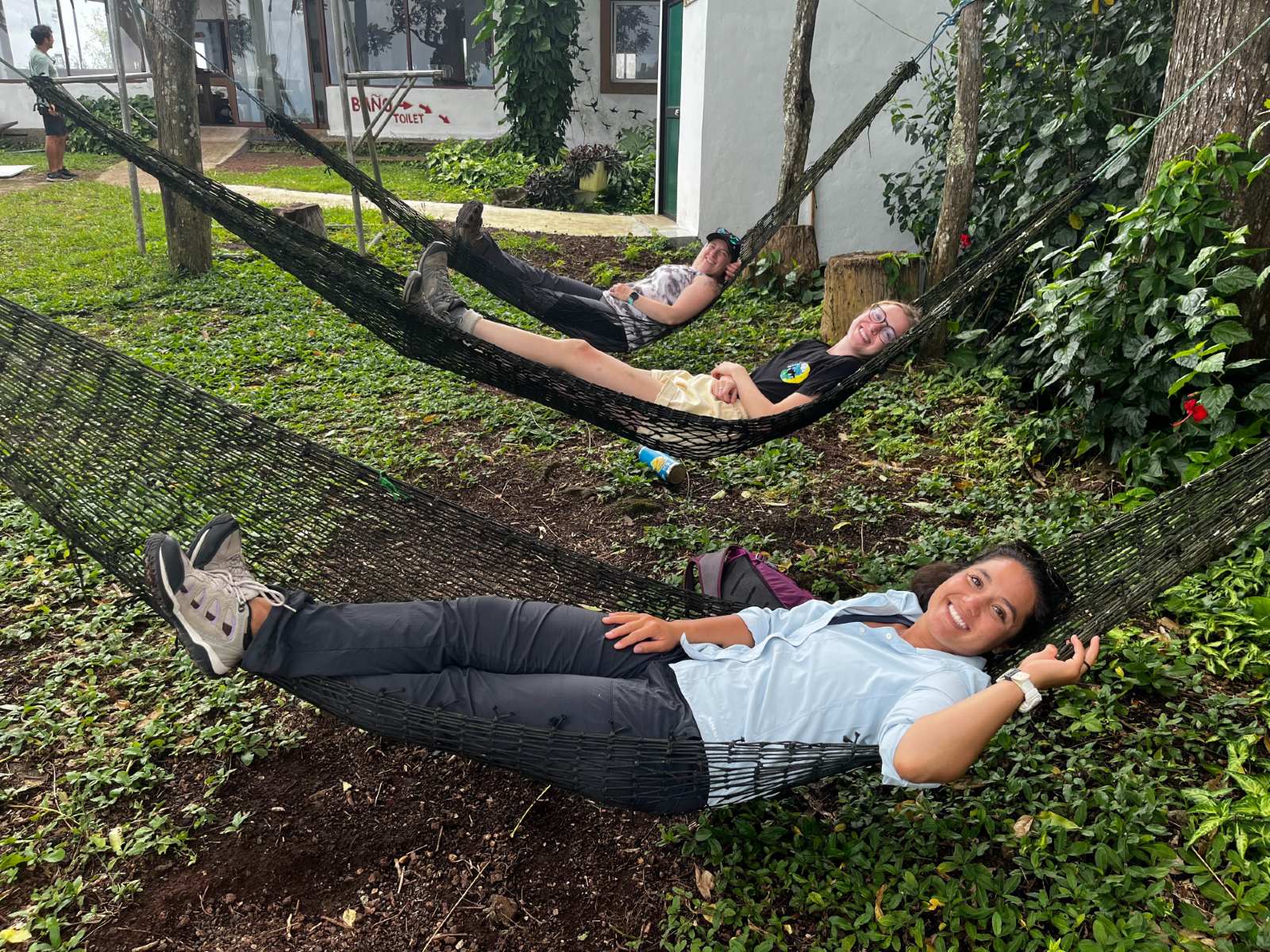


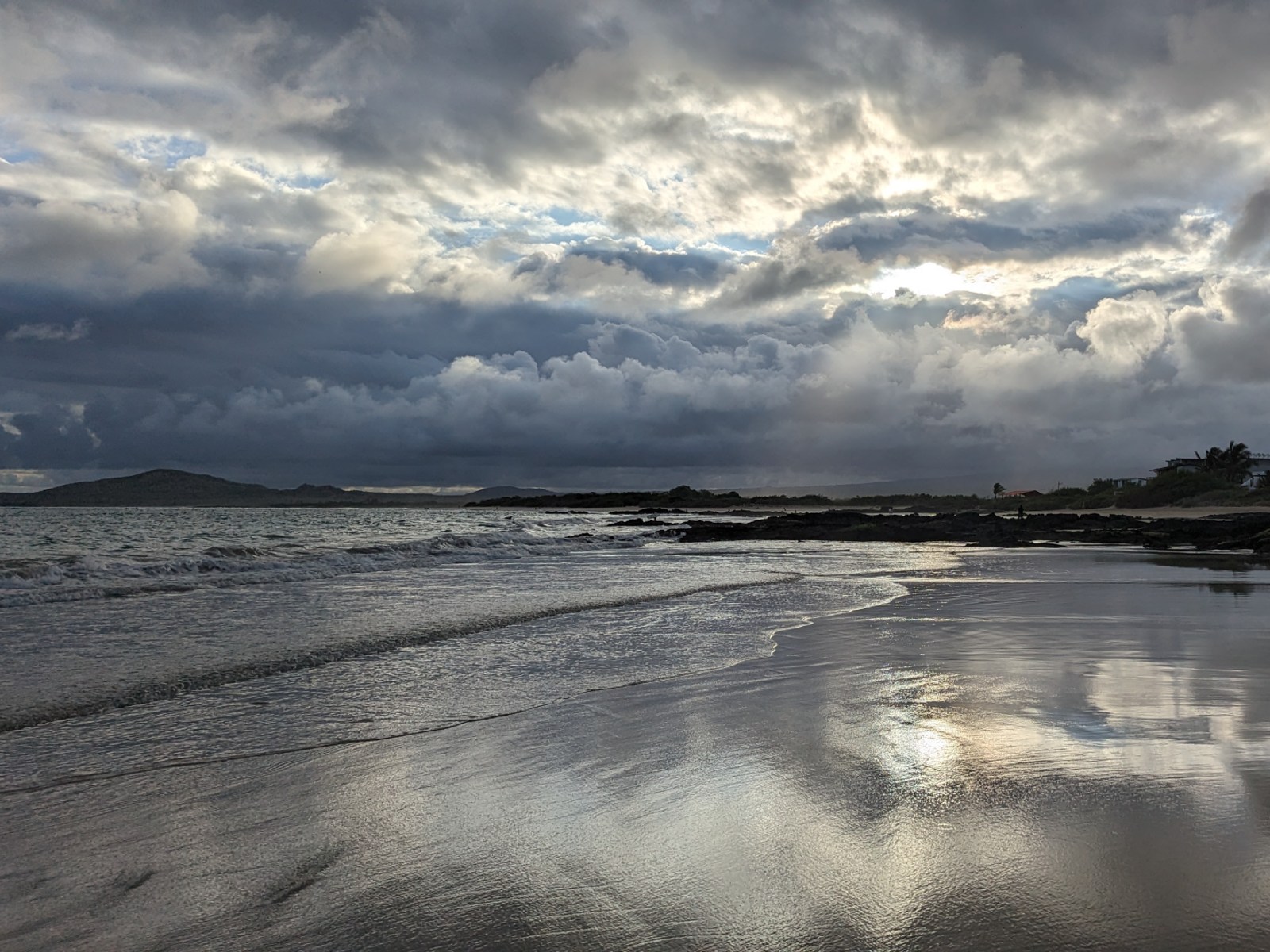

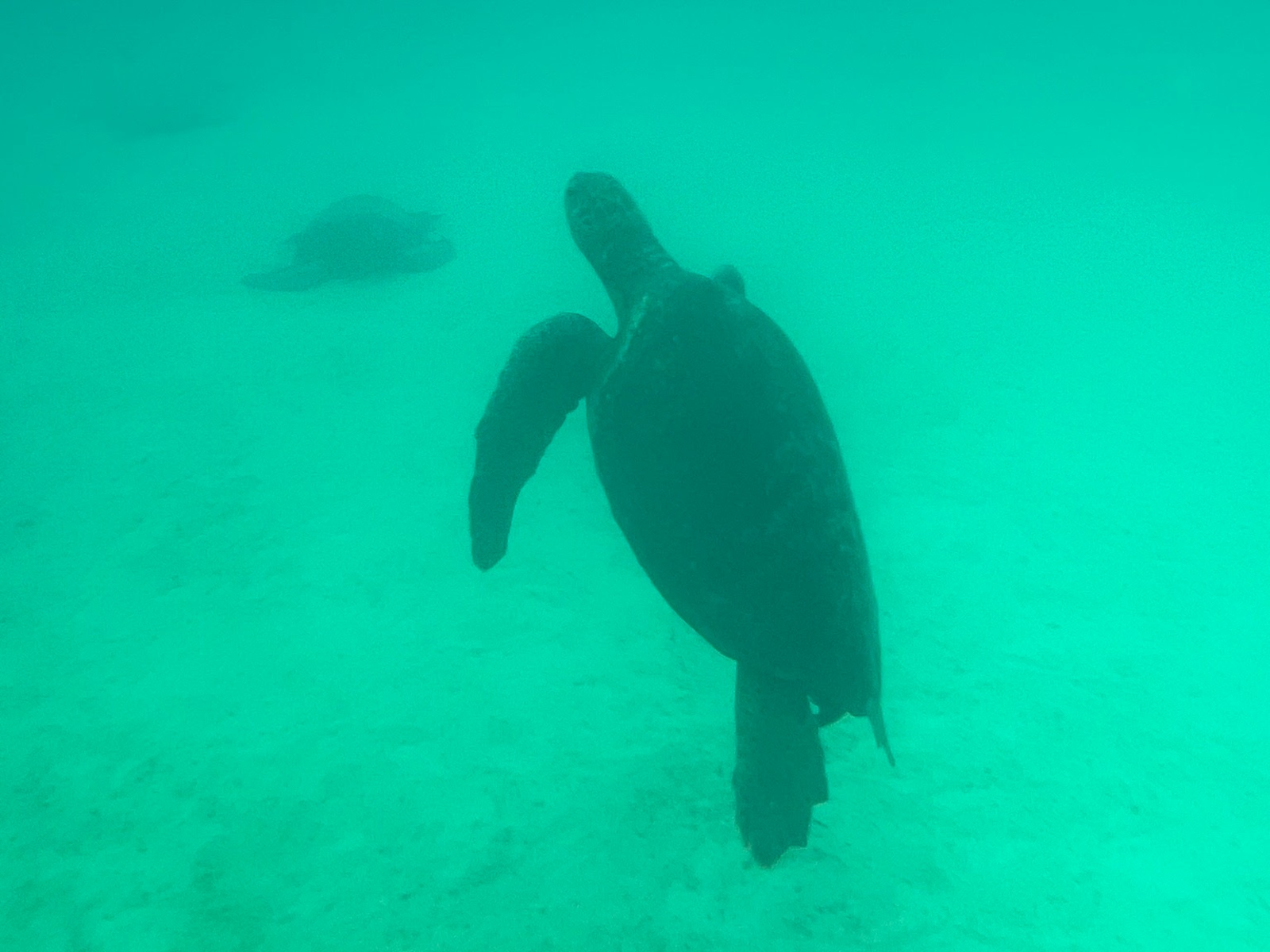
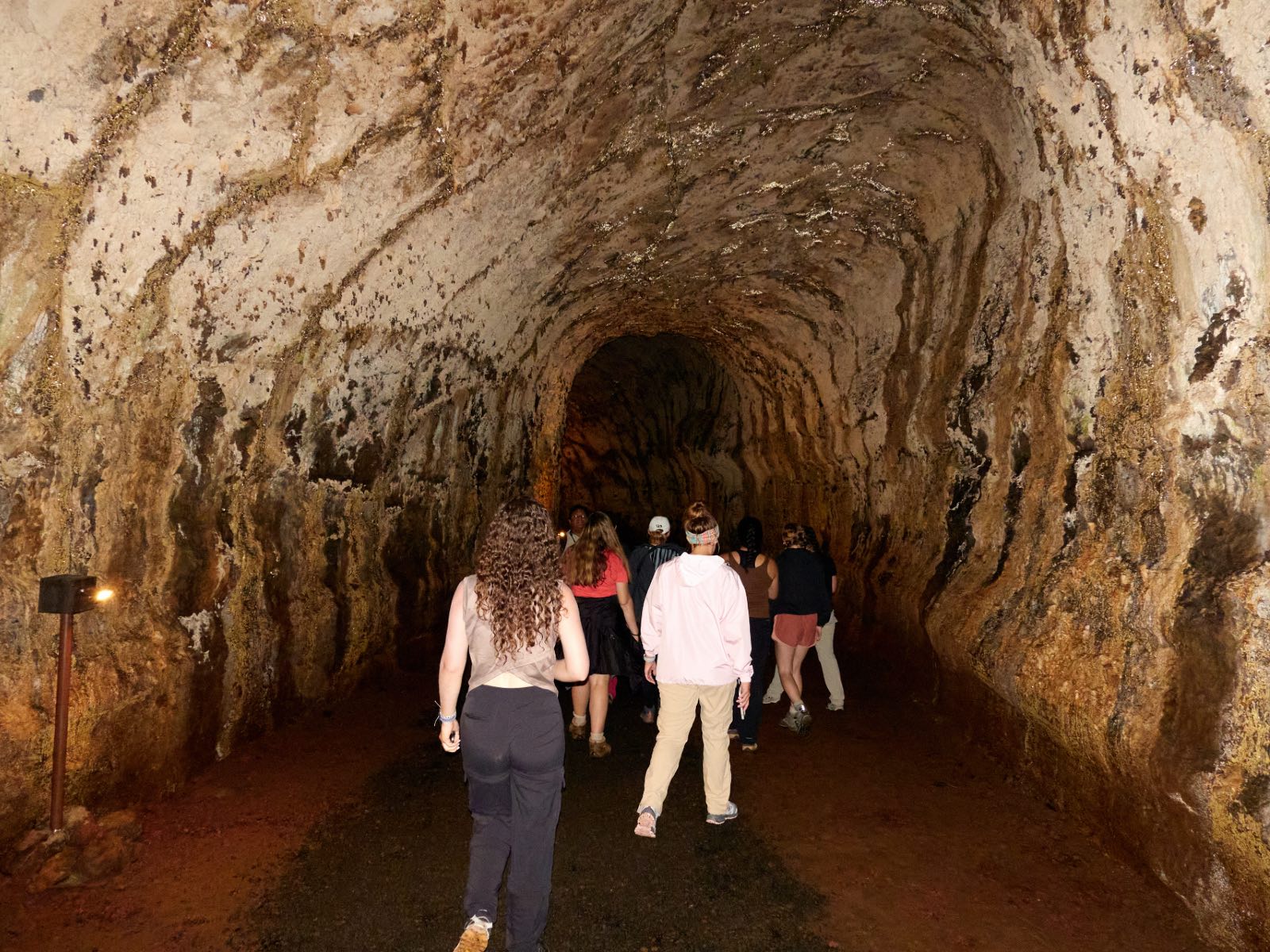

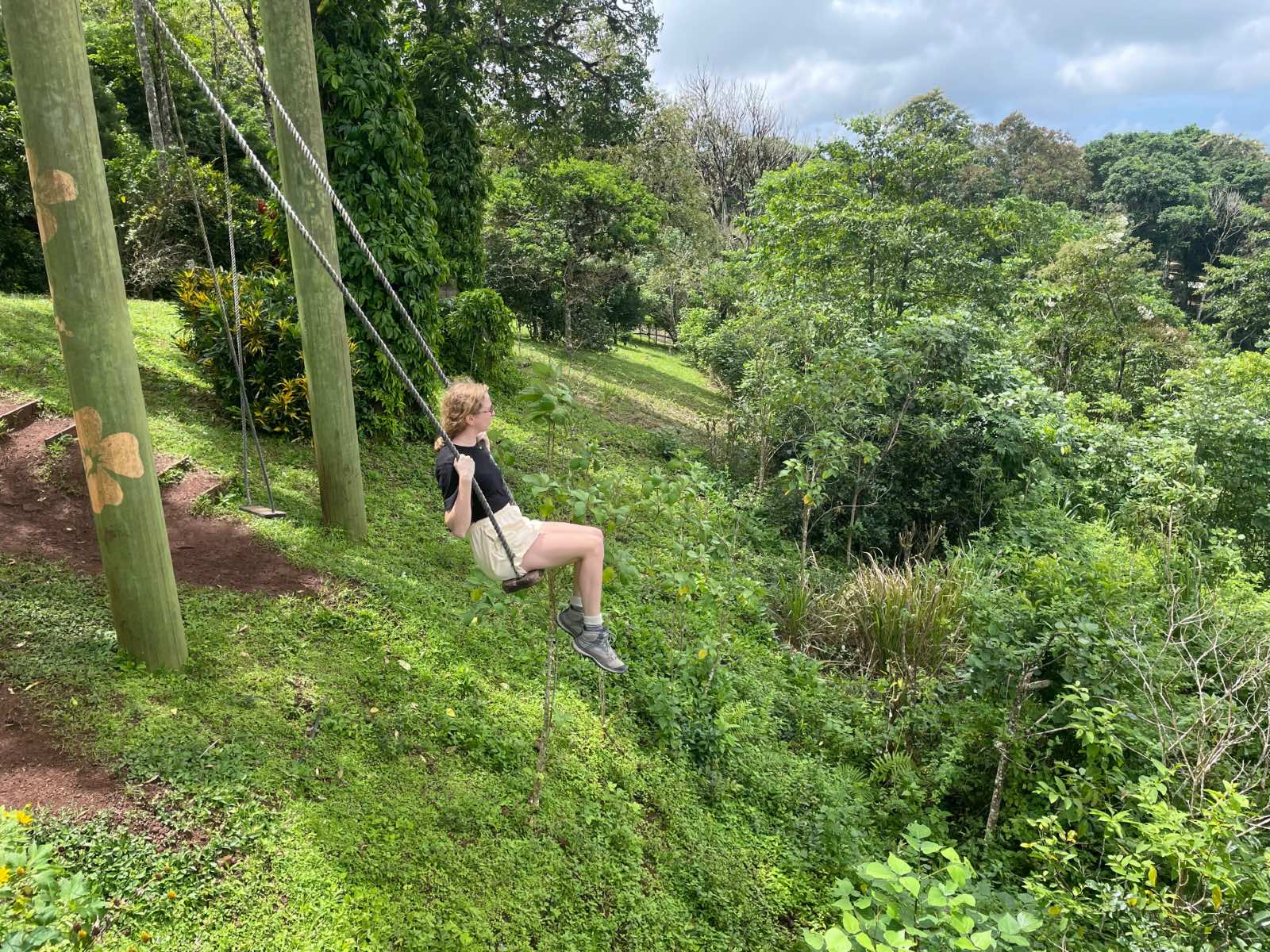
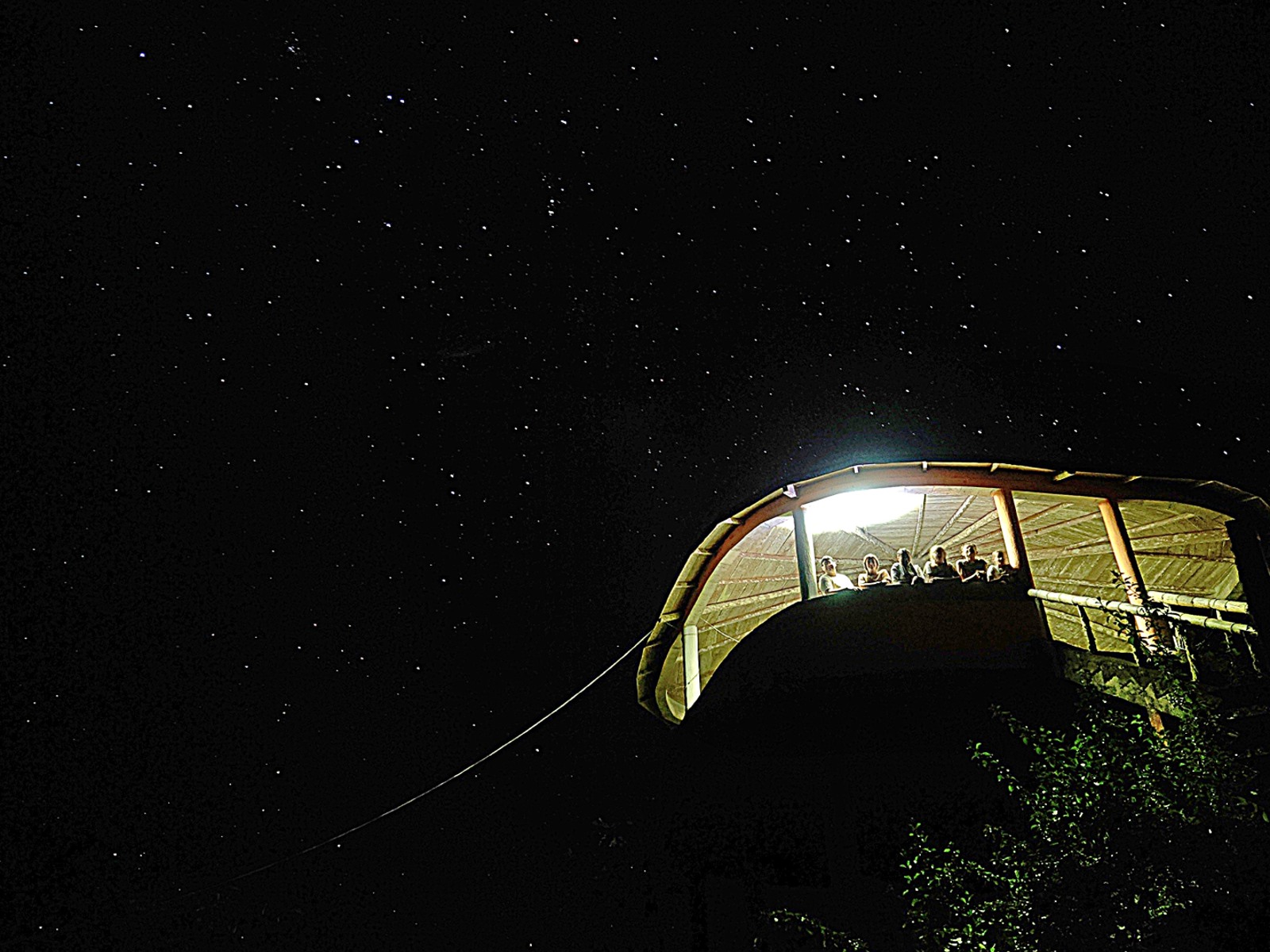
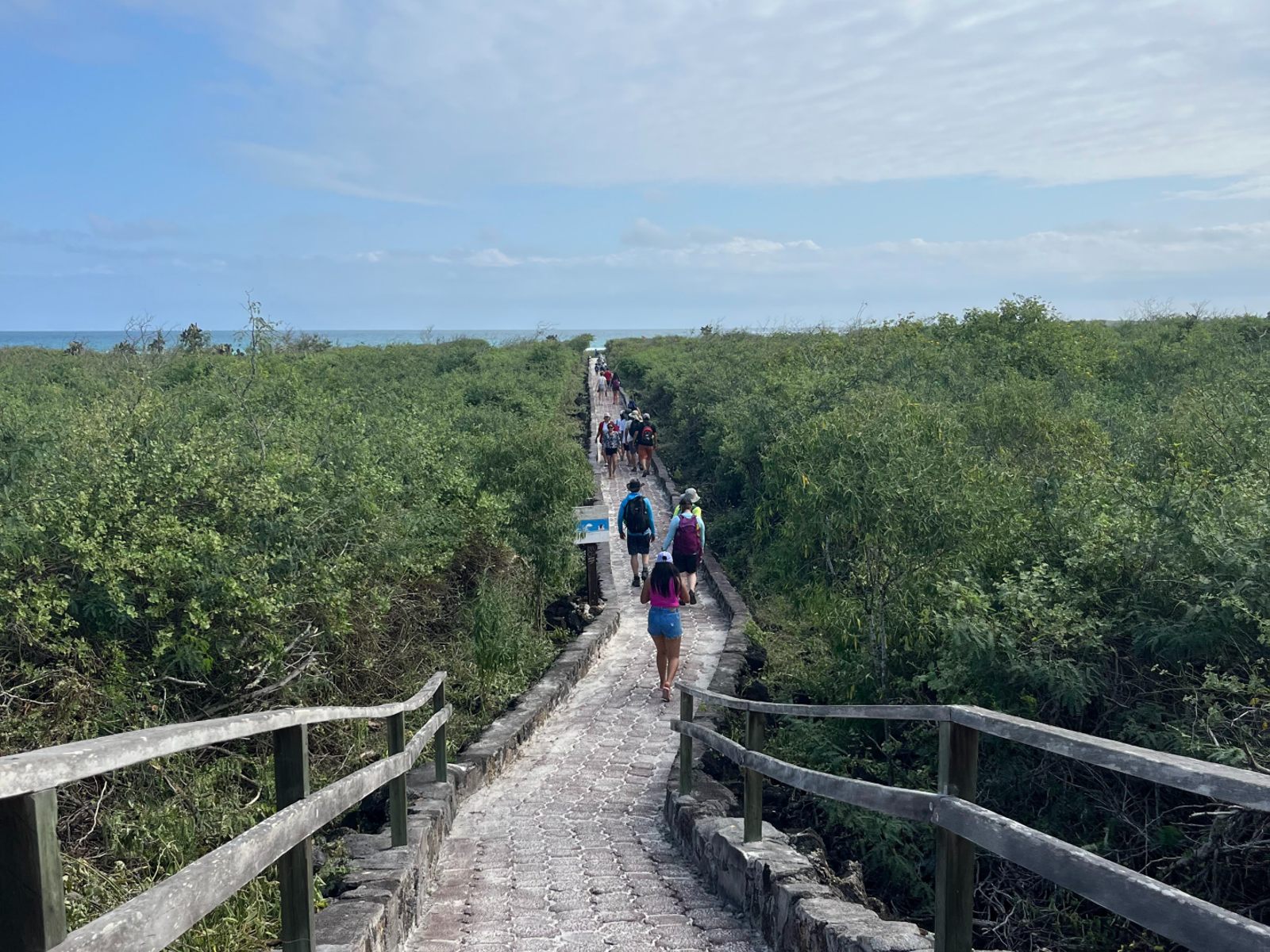
Inside Earth Expeditions
Recorded October 9, 2024, covering Amazon, Costa Rica, Guyana, and the Galápagos.
Want to know more about Dragonfly's global+web-based Earth Expeditions courses? Please view a recording from one of our 2024-25 Inside Earth Expeditions sessions, or join us next fall for an upcoming session, where we share the inside scoop on our EE course locations, partners, and activities. These sessions are perfect for current AIP and GFP students, prospective GFP students, and those interested in taking an EE as an individual course. Each session was led by an experienced member of our instructional team.
Questions?
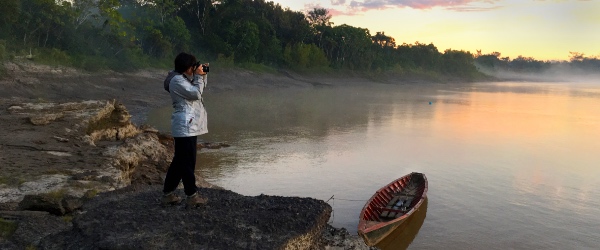
Amazon: Avian & Tropical Ecology
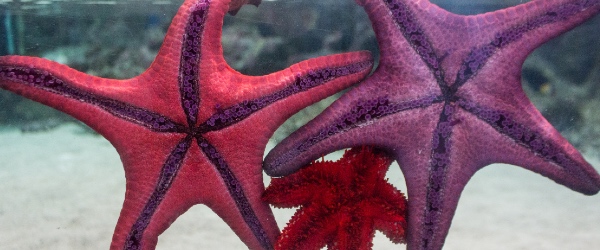
Australia: Great Barrier Reef
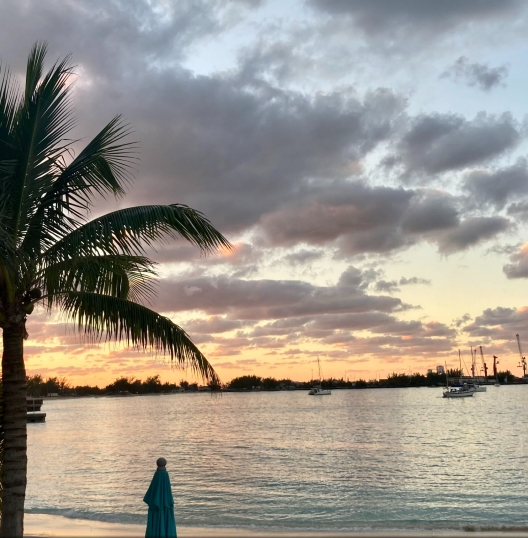
The Bahamas: Cultivating Conservation Networks
Snorkel in biodiverse marine protected areas, explore unique national parks, and gain an understanding of community-driven initiatives by talking directly with local experts at the forefront of conservation.
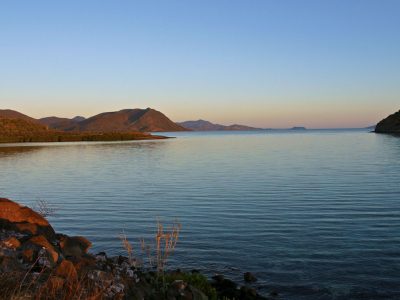
Baja: Field Methods
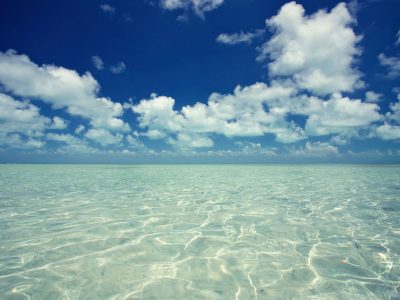
Belize: Approaches to Environmental Stewardship
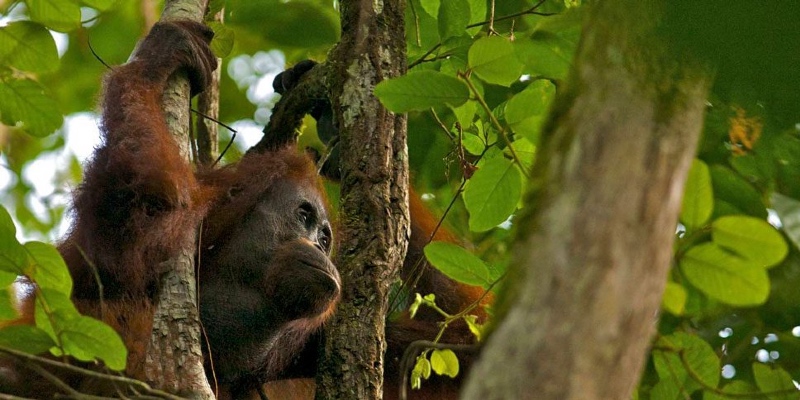
Borneo: Primate Conservation
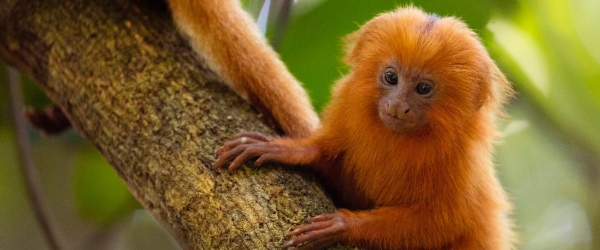
Brazil: Saving Golden Lion Tamarins
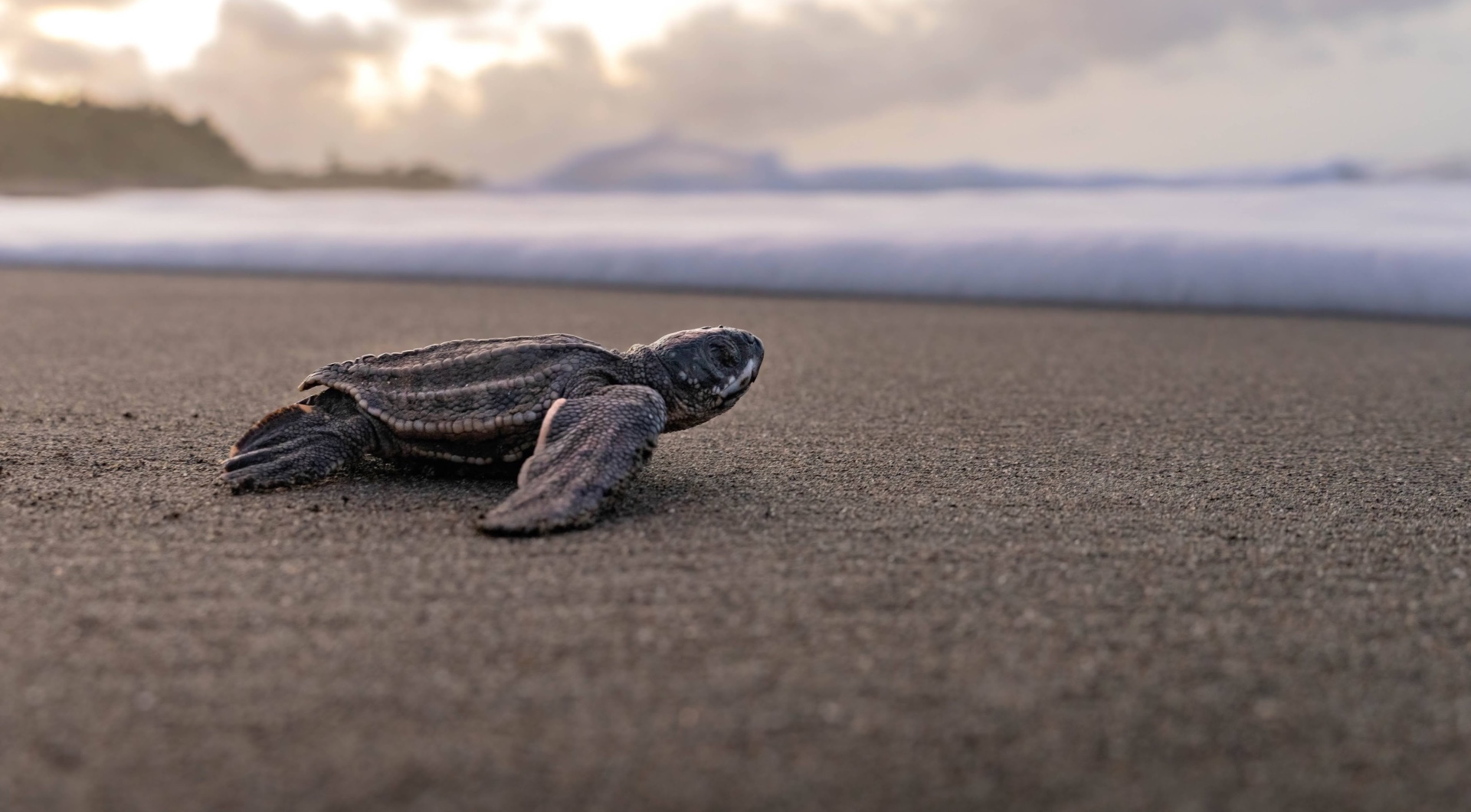
Costa Rica: Ecology & Ecotourism
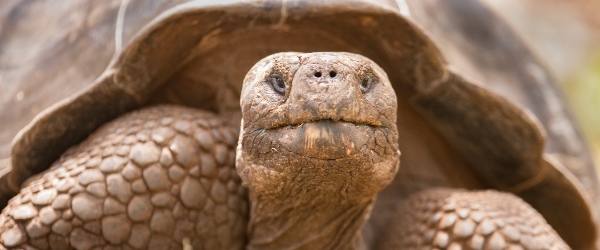
Galápagos: Islands of Change
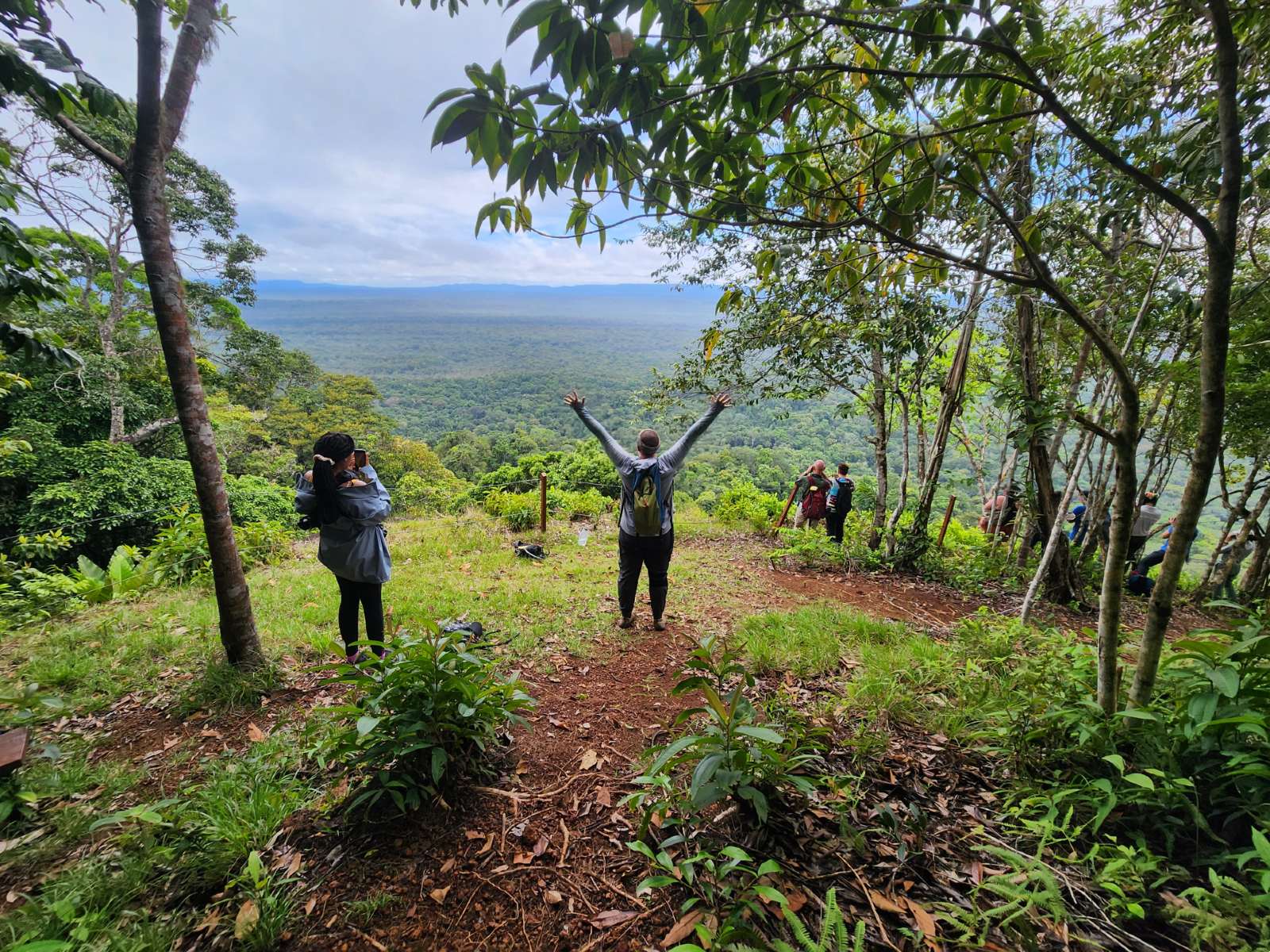
Guyana: Local Wisdom & Conservation
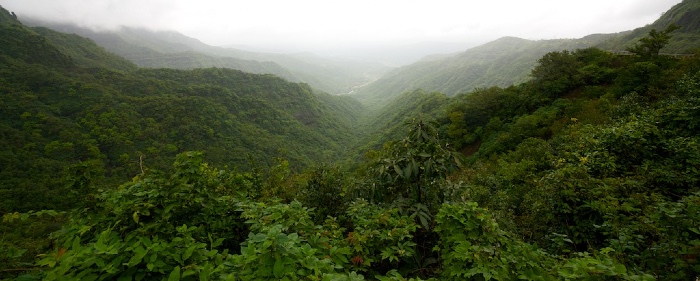
India: Species, Deities & Communities
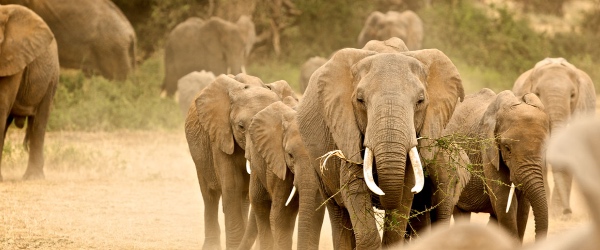
Kenya: Wildlife & People in Integrated Landscapes
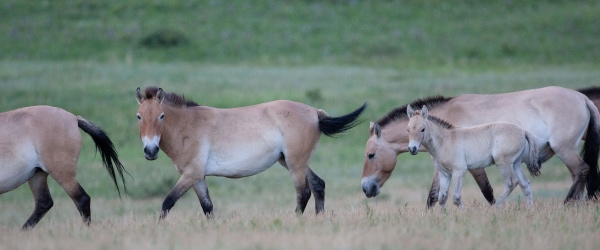
Mongolia: Steppe Ecology & Civic Media
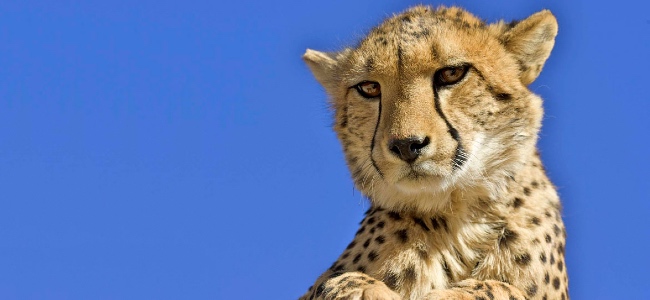
Namibia: Great Cat Conservation
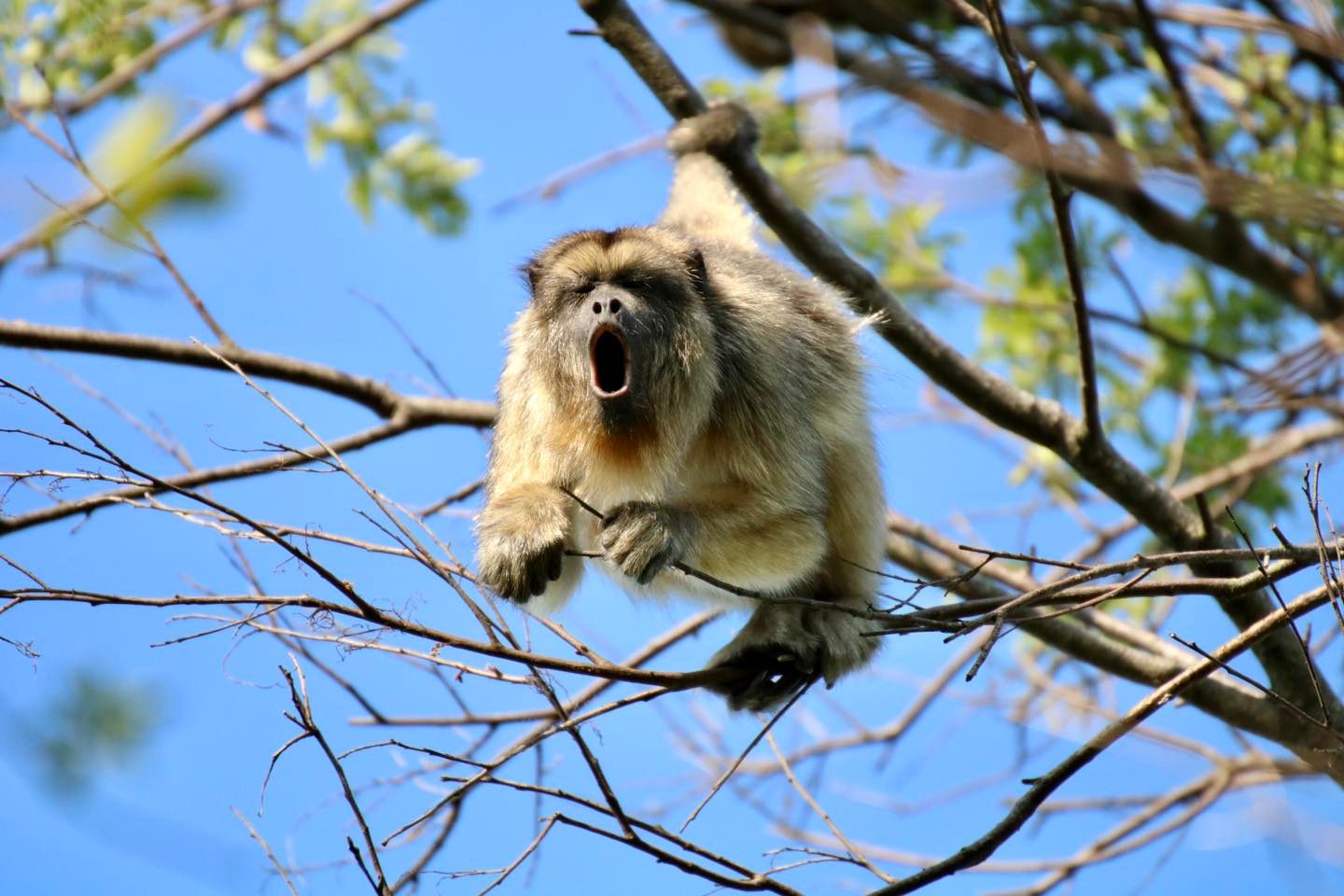
Paraguay: Eco-Leadership
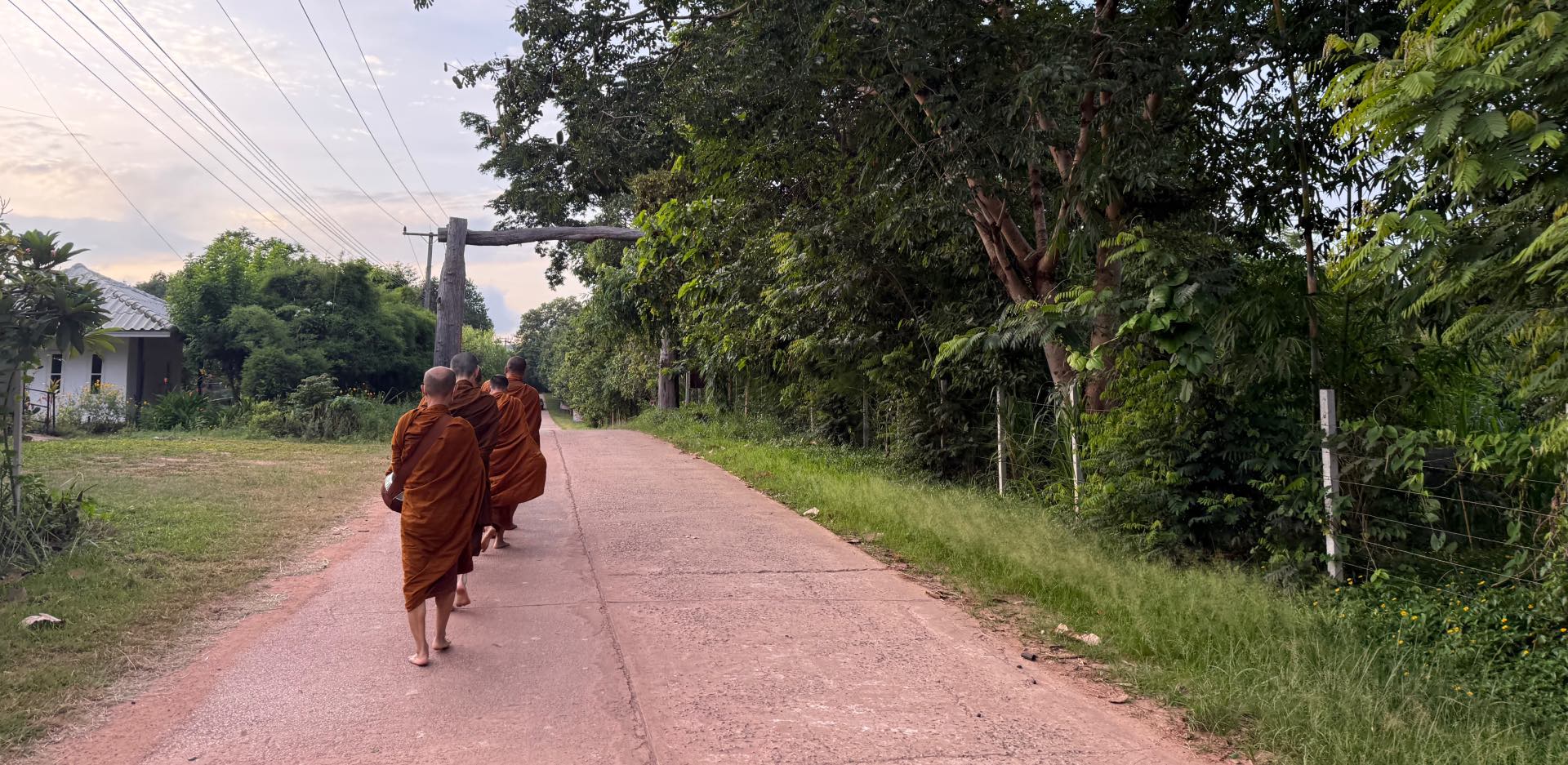
Thailand: Buddhism & Conservation
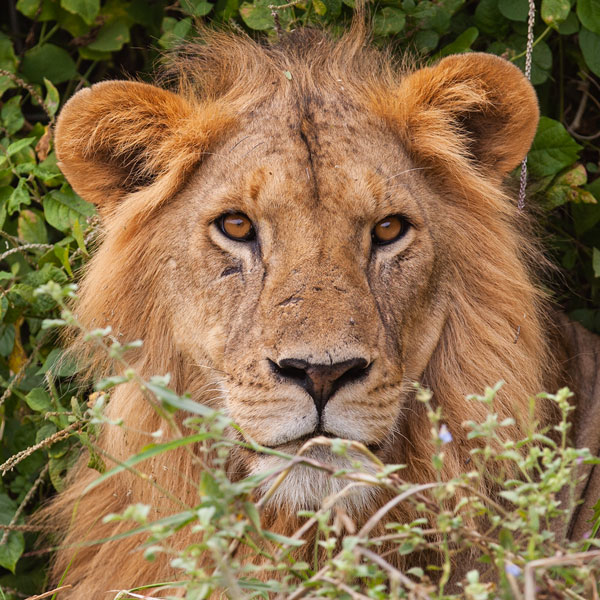
FAQs
